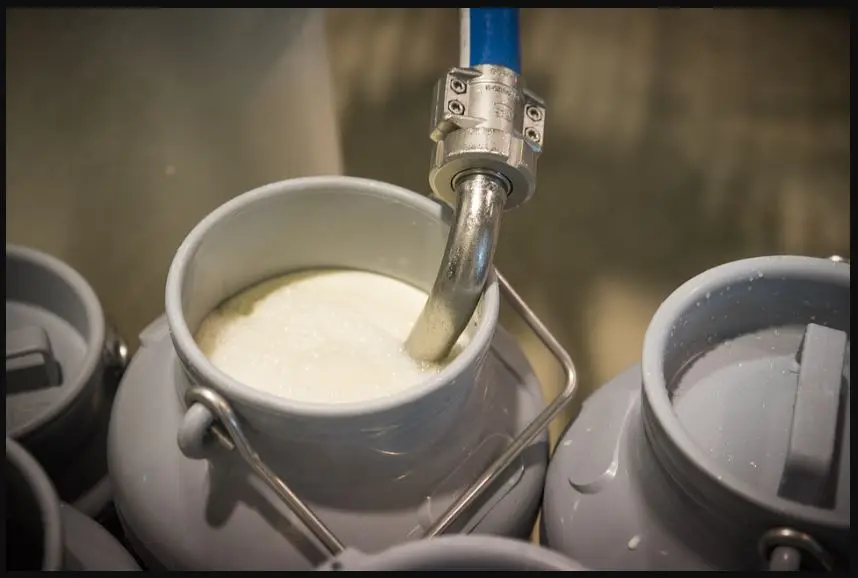Table of Contents
White Revolution in India its Objectives, Phases and Achievements | UPSC – IAS
Operation Flood is the program that led to “The White Revolution.“ White revolution is associated with the package programme adopted to increase the production of milk is known as White Revolution in India.
- Behind Amul products lies a successful history of cooperative dairy farming in India. Verghese Kurien, nicknamed the ‘Milkman of India’ & father of “White Revolution in India”, played a crucial role in the story of Gujarat Cooperative Milk and Marketing Federation Ltd that launched Amul. Based in Anand, a town in Gujarat,
- Amul is a dairy cooperative movement joined by about 2 and half million milk producers in Gujarat. The Amul pattern became a uniquely appropriate model for rural development and poverty alleviation ,spurring what has come to be known as the White Revolution.
Operation Flood 1970 as a rural development programme
Operation Flood organised:- Cooperatives of milk producers into a nationwide milk grid, with the purpose of increasing milk production, bringing the producer and consumer closer by eliminating middlemen, and assuring the producers a regular income throughout the year.
- Operation Flood was, however, not just a dairy programme. It saw dairying as a path to development, for generating employment and income for rural households and alleviating poverty.
- The number of members of the cooperative has continued to increase with the numbers of women members and Women’s Dairy Cooperative Societies also increasing significantly.
Objectives of the Operation Flood | UPSC – IAS
- The main objectives of the co-operative society is the procurement, transportation, storage of milk at the chilling plants.
- To provide cattle feed.
- The production of wide varieties of milk products and their marketing management.
- The societies also provide superior breeds of cattle (cows and buffaloes), health service, veterinary treatment, and artificial insemination facilities.
- To provide extension service.
Note – The program was so successful that by 1998, It made India the world’s largest milk producer, doubled the milk available for each person, and increased milk output four-fold in 30 years
Phases of the Operation Flood from 1970 – 2000
Phase one from 1970-81
- During this period, the dairy development programme was set up in ten states to provide milk to the cosmopolitan cities, i.e. Mumbai, Kolkata, Delhi, and Chennai. The important step in this phase was the setting up of 4 Mother Dairies in Mumbai, Kolkata, Delhi, and Chennai.
Phase second from 1981-85
- During this phase, the dairy development programme was extended in the states of Karmataka, Madhya Pradesh, and Rajasthan. In this phase, within 25 contiguous milk-shed areas (in 155 districts) a cluster of milk producers’ union was established.
- The Research Institute at Hyderabad developed a vaccine called ‘Raksha’ to control cattle diseases. The programme also involved the improvement in milk marketing in 144 more cities o f the country. The Dairy Co-operative societies were set up in 35,000 villages and the membership exceeded 36 lakhs.
Phase third from 1985-2000
- A number of co-operative societies were set up in most of the major states of the country and the number of co-operatives went up by 1,35,439 with a membership of 14 million . The following table 9.16 shows the spurt in milk production in India
Achievements of Operation Flood or White Revolution | UPSC – IAS
- The White Revolution made a sound impact on rural masses and encouraged them to take up dairying as a subsidiary occupation.
- The per capita availability of milk per day at present is about 263 gm as against 125 grams before the White Revolution.
- The import of milk and milk production has been reduced substantially.
- India has become the leading producer of milk in the world.
- To improve the quality of livestock, extensive cross breeding has been launched.
- For ensuring the maintenance of disease-free status, major health schemes have been initiated.
- The government implemented livestock insurance on pilot basis in 2005-06.
- The number of members of the cooperative has continued to increase with the numbers of women members and Women’s Dairy Cooperative Societies also increasing significantly.
Problems and Prospects of Operation Flood or White Revolution | UPSC – IAS
Some of the important problems of the White Revolution are as under:-
- Collection of milk from the remote areas is expensive, time consuming, and not viable economically.
- In most of the villages the cattle are kept under unhygienic conditions.
- There are inadequate marketing facilities. The marketing infrastructure needs much improvement.
- The breeds of cattle is generally inferior.
- The extension service programme is not effective.


